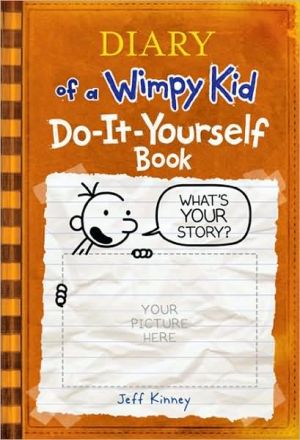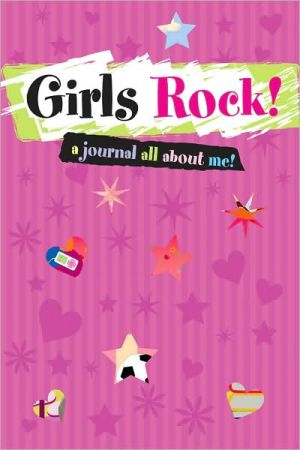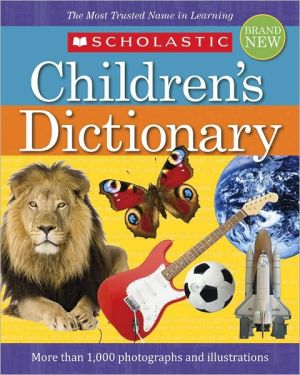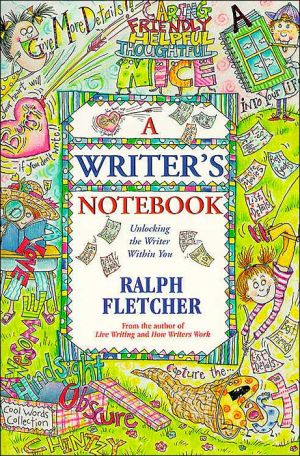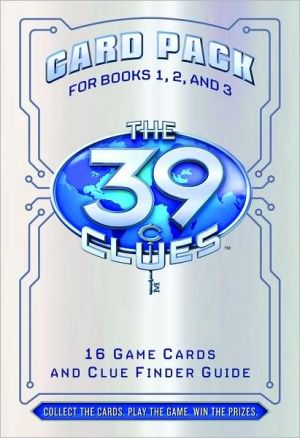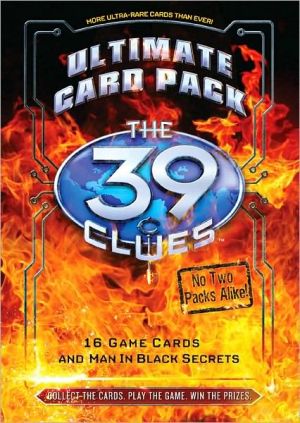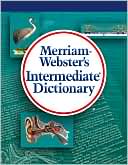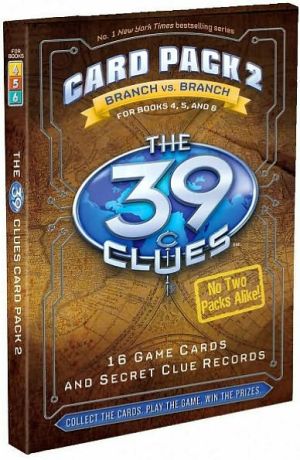Say What?: The Weird and Mysterious Journey of the English Language
More than a million words, weird spellings, words that are spelled the same but pronounced differently or vice versa. Where on Earth did the English language come from? The answer is that English isn’t just the speech of one nation. It’s the memory of thousands of years of history. It tracks the places people came from, the places they went, the adventures they had, the friends and enemies they made, the battles they won and lost.\ As English changed and grew, it became a jumble of sounds,...
Search in google:
More than a million words, weird spellings, words that are spelled the same but pronounced differently or vice versa. Where on Earth did the English language come from? The answer is that English isn’t just the speech of one nation. It’s the memory of thousands of years of history. It tracks the places people came from, the places they went, the adventures they had, the friends and enemies they made, the battles they won and lost.As English changed and grew, it became a jumble of sounds, words, and rules from countless languages and nations. And it’s still changing and growing every day. More than seventy percent of all English words were born someplace other than England. That’s why English can be so confusing and inconsistent. And that’s why English is the richest, most international, and most versatile language in the world. This innovative book takes us on a journey through time to unravel and demystify the story of English. Word games, intriguing facts, and tricky quizzes add an element of fun while enriching readers’ knowledge and understanding.VOYAHow did the English language become so complicated? Gorrell takes readers on a quick and amusing historical tour of the English language, looking at how it has been influenced by Latin, Old English, French, and German. By examining how the English language spreads and how various countries' denizens use the language, readers are able to see how malleable English really is. Examples of this fluidity include "pidgin" languages such as Tok Pisin, the pidgin talk of Papua New Guinea, or Noah Webster's American dictionary, which successfully stopped the use of double consonants that is still commonplace in British spelling today. Each chapter contains a number of exercises to tempt the reader into playing with language, whether guessing word origins, matching foreign words to their definitions, or trying to spell words having been given their sound and word origin. This clever and funny book also integrates explanations for tricky grammar and spelling problems as part of the historical explanation for our changing language. Readers are not only given examples of malapropisms but also a list of several words that are often confused, such as imply (suggest) and infer (deduce.) Supplementary materials including a time line and a large number of illustrations will make this book a valuable addition to both public and school libraries. Reviewer: Betsy Fraser
\ Children's Literature\ - Susan Treadway M.Ed\ "The Puzzle of English" captures the theme of this book in the Introduction. The author documents peculiar examples about the fascinating history of our most international language. Having roots in multiple countries and cultures is no surprise, of course, but the intrigue of the English language is traced in a progression of etymology, alphabets, pronunciations, spellings, grammar, literature, black-and-white renderings, historical figures, etc., and all presented well within 150 pages; hence, a descriptive subtitle refers to "the weird and mysterious journey." There is no doubt that much about the origins of English words will remain unknown due to the very nature of language and communication which transforms over the ages. Unless written down and preserved, assorted details are lost. Researchers piece together various parts of the puzzle so that fairly accurate glimpses do emerge, however. Another common feature of language is that usage changes over time due to all sorts of reasons. Context, perspective, experiences, individual and/or group dynamics play important roles as populations move across the world's landscape. Greeks and Romans; Angles, Saxons (Anglo-Saxons) and Vikings; Germans, British and English… these are major groups who generated an abundance of common words we currently use. Latin is often taught around the world today since the English language is infused with Latin components. Helpful features of this book are side bars, maps, cultural references, artifacts, historical events and present-day conundrums. The author's tone is light while delivering a tremendous mix about a complex topic. A simple Timeline precedes an Appendix that covers additional details aboutSanskrit, Greek, Latin and Old English. Source Notes are given for every chapter. There is a Selected Bibliography, Picture Sources, Acknowledgments and Index which further the scope of the book. By including short biographies about classic writers such as Shakespeare and J.R.R. Tolkien, origins of the dictionary (Samuel Johnson and Noah Webster), and even quiz-like questions interspersed for readers to ponder (answers given at the end of a chapter) this title does make an engaging sprint through history. As a gentle reference work, teachers and students alike can greatly benefit from numerous puzzling examples that are found in one of the richest languages on earth. Reviewer: Susan Treadway, M.Ed\ \ \ \ \ VOYA\ - Betsy Fraser\ How did the English language become so complicated? Gorrell takes readers on a quick and amusing historical tour of the English language, looking at how it has been influenced by Latin, Old English, French, and German. By examining how the English language spreads and how various countries' denizens use the language, readers are able to see how malleable English really is. Examples of this fluidity include "pidgin" languages such as Tok Pisin, the pidgin talk of Papua New Guinea, or Noah Webster's American dictionary, which successfully stopped the use of double consonants that is still commonplace in British spelling today. Each chapter contains a number of exercises to tempt the reader into playing with language, whether guessing word origins, matching foreign words to their definitions, or trying to spell words having been given their sound and word origin. This clever and funny book also integrates explanations for tricky grammar and spelling problems as part of the historical explanation for our changing language. Readers are not only given examples of malapropisms but also a list of several words that are often confused, such as imply (suggest) and infer (deduce.) Supplementary materials including a time line and a large number of illustrations will make this book a valuable addition to both public and school libraries. Reviewer: Betsy Fraser\ \ \ School Library JournalGr 7 Up—The opening chapters cover the influence of ancient Greece and Rome on the English alphabet and language. Later, German dialects of invading Angle and Saxon tribes mixed with Celtic and Latin, and Old English emerged. William of Normandy's rise to power in 1066 brought an influx of French words. Warfare between the Arabs and Europeans in the 1100s and 1200s led to further exchange of language and ideas. Simultaneously, Old English evolved into Middle English. In the 1500s, the Protestant movement, coupled with printing-press technology, led to the dissemination of English-language Bibles. English in the New World was influenced by when and where settlers came from, as the language evolved yet again. Source notes and a selected bibliography provide plenty of more-detailed sources to explore. The black-and-white illustrations include maps, portraits, and pencil drawings cued to the text. Exercises throughout the book could easily be adapted for classroom activities, e.g., matching definitions to words borrowed from Italian. The author achieves a blithe, conversational tone but sneaks in the occasional warning about how carelessness and sloppy mistakes can damage the language. This volume has more student appeal than Bill Bryson's The Mother Tongue (HarperCollins, 1991) and will make a nice supplement to SAT prep and vocabulary programs.—Amy Pickett, Ridley High School, Folsom, PA\ \

